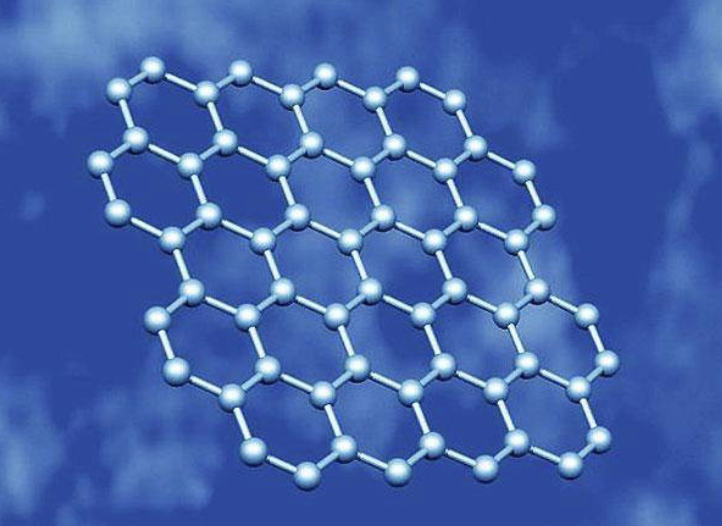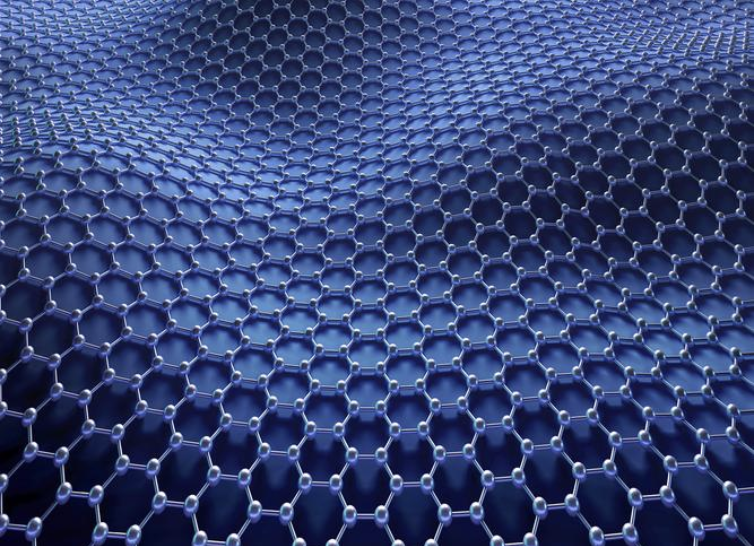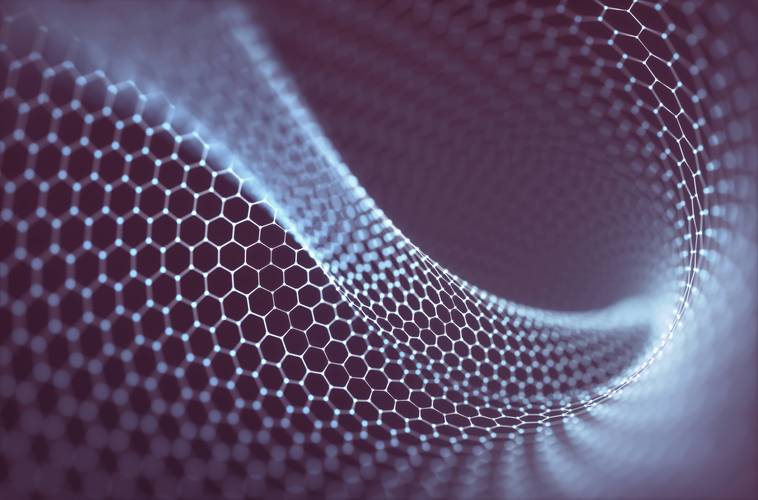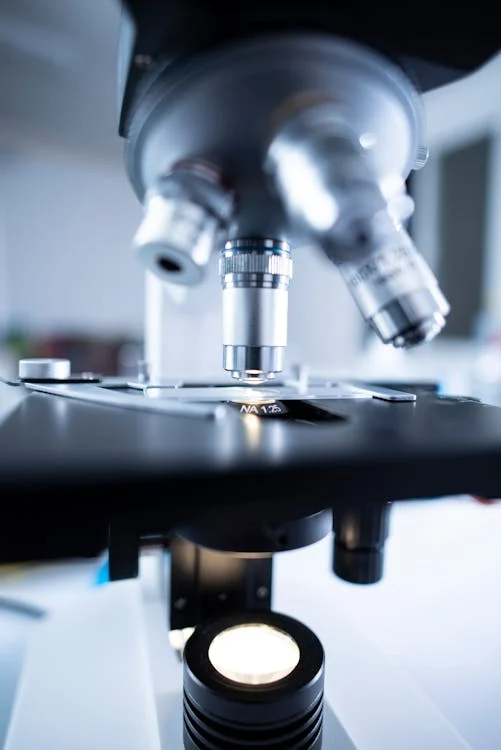Polishing the "Foggy Glass": Humanity Creates the Cleanest Graphene Ever
In the world of science, some breakthroughs don't arrive with dazzling sparks or thunderous explosions. Instead, they're more like a quiet cleanup, leaving the world spotless. This time, scientists at the U.S. National Graphene Institute pulled off just such a feat: they successfully created the cleanest graphene ever.

So, what is graphene? It's a sheet of carbon just one atom thick-imagine an endlessly magnified honeycomb lattice. Because it's ultra-thin yet incredibly strong. And allows electrons to race through like sports cars on an open highway, scientists have long hailed it as a superstar of future materials. But even superstars have problems: in the real world, graphene is constantly plagued by invisible "dirt."
This "dirt" isn't dust but rather unseen electric fields and impurities. They act like a fog covering graphene's surface, slowing down electron movement and obscuring fascinating quantum effects. For years, scientists have been trying to "wipe the glass clean" to make the material purer. This time, the research team found a clever trick: they carefully placed graphene under a block of graphite, separated by only three atomic layers. Don't underestimate this "neighbour." It works like a mirror, cancelling out the random electric fields on graphene's surface. The result? Graphene became astonishingly clean, almost like a freshly polished lens.
The researchers described it as building the ultimate "clean room" for electrons. In the past, when electrons moved through graphene, it was as if the road beneath them was littered with pebbles, and they kept stumbling. Now, the road has been swept smooth, letting electrons sprint freely. Suddenly, many phenomena once drowned in "noise" became visible, just like when you wipe condensation off a fogged-up window and the scenery outside comes into sharp focus. The data is striking: in this ultra-clean graphene, only one uncontrolled electron remains among every 100 million carbon atoms. This means electrons can move faster and farther than ever before, almost completely unimpeded.

In the quantum world, many intriguing phenomena are fragile— like butterfly wings, they vanish with the slightest disturbance. The cleaner the graphene, the easier it is to observe it. The researchers found that in this new material, quantum effects appear even under extremely weak magnetic fields— far weaker than the pull of a fridge magnet. Put simply, in the past, observing certain quantum phenomena in graphene required massive magnets to force them into view. Now, conditions as weak as Earth's natural magnetic field are enough. Achieving this was no small feat: keeping graphene just three atomic layers away from its "mirror" neighbour without damaging it is like laying an ultra-thin veil tightly over glass without tearing it. It required extraordinary precision and skill.
Looking ahead, this "nearby mirror" method may become a standard tool for studying two-dimensional materials. With it, scientists may gain clearer insights into superconductivity, exotic magnetism, or even entirely new quantum phenomena. In other words, this ultra-clean graphene is like a polished microscope lens, revealing hidden worlds once invisible to us. This achievement wasn't the work of a single lab but a multinational collaboration, with scientists from the UK, Singapore, and Japan contributing. Together, they turned this "cleaning campaign” into a global scientific milestone.

In some ways, the breakthrough recalls everyday life. Think of a rainy day when your car windows fog up, blurring the road ahead. Only after wiping them clean can you see the street and scenery clearly. The scientists' treatment of graphene is much the same: they wiped away the "fog" of the quantum world, allowing hidden landscapes to emerge. Humanity continues to push the boundaries of quantum materials, and every such advance lays the foundation for future technologies. Imagine if these clarified quantum effects could be harnessed-we might build more powerful computers, more energy-efficient devices, or even unlock entirely new physical laws.
The story of graphene has been told for years, but this latest surprise feels purer than ever. Perhaps one day in the future, we'll look back on this breakthrough the way we recall the first time a window was wiped clean: that thrill of suddenly seeing what was always there, blurred and hidden. And that, at its core, is the magic of science, making the invisible visible, one step at a time.
(Writer:Ganny)





